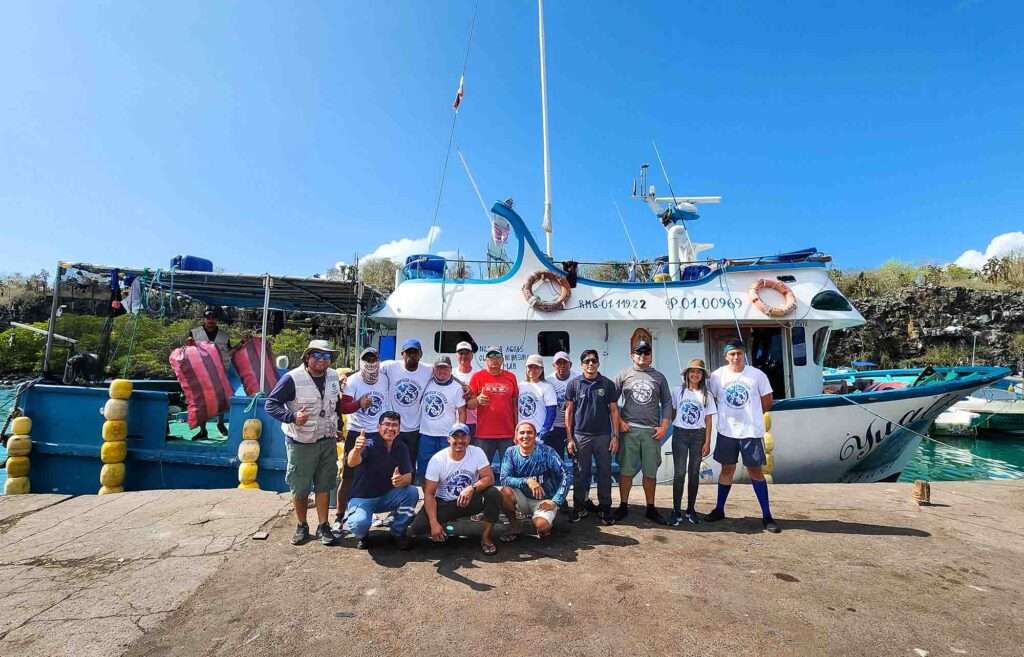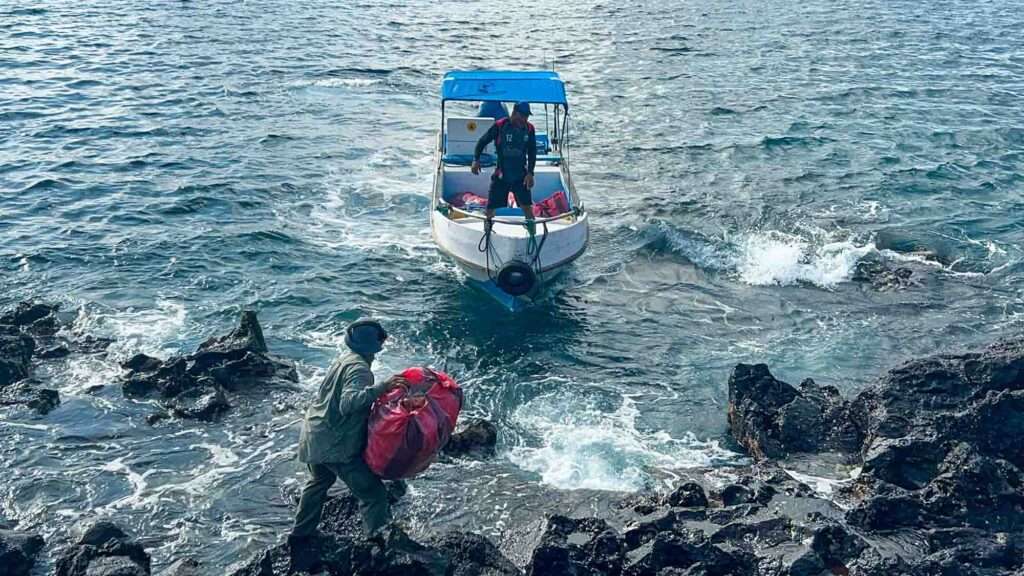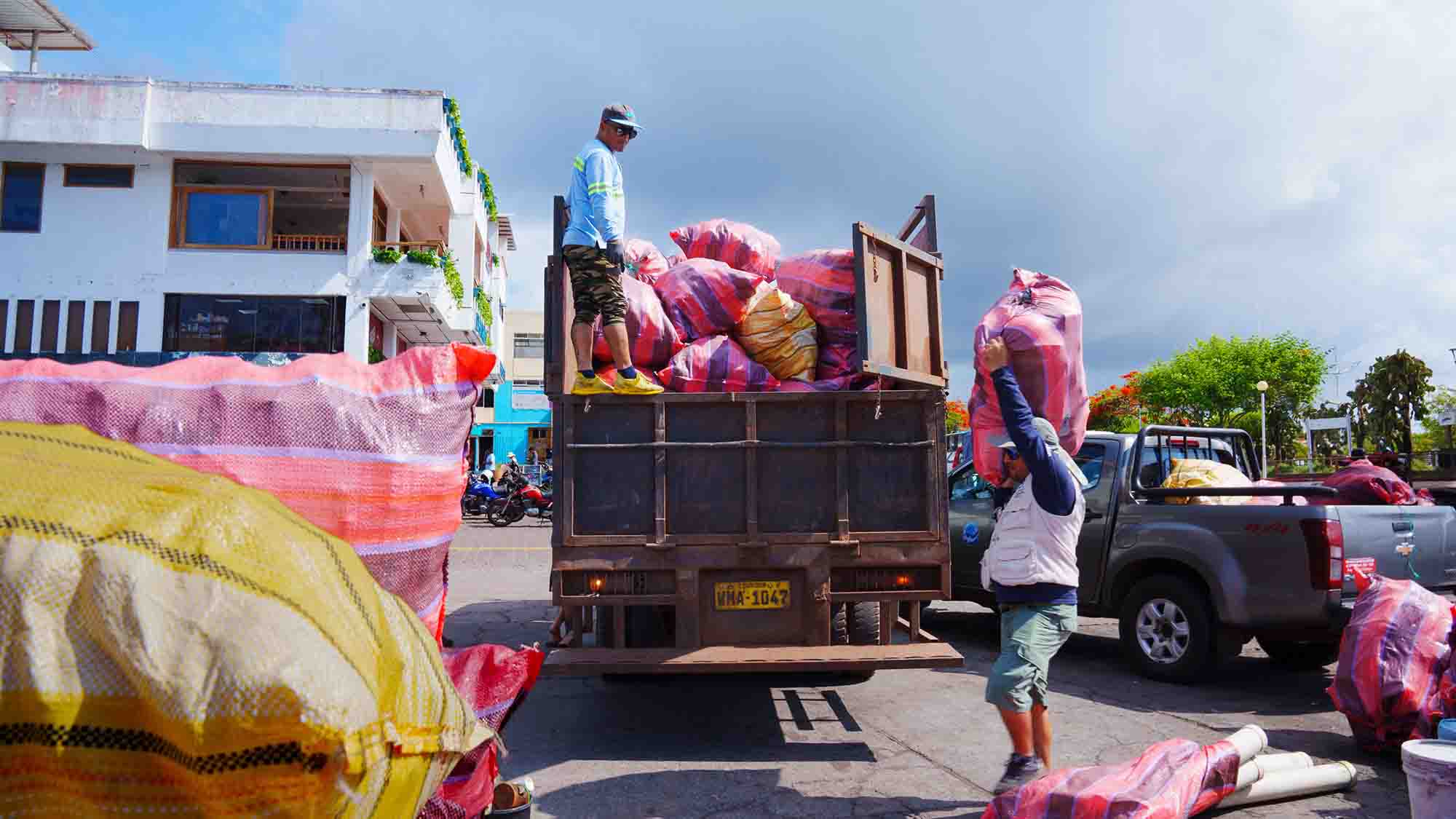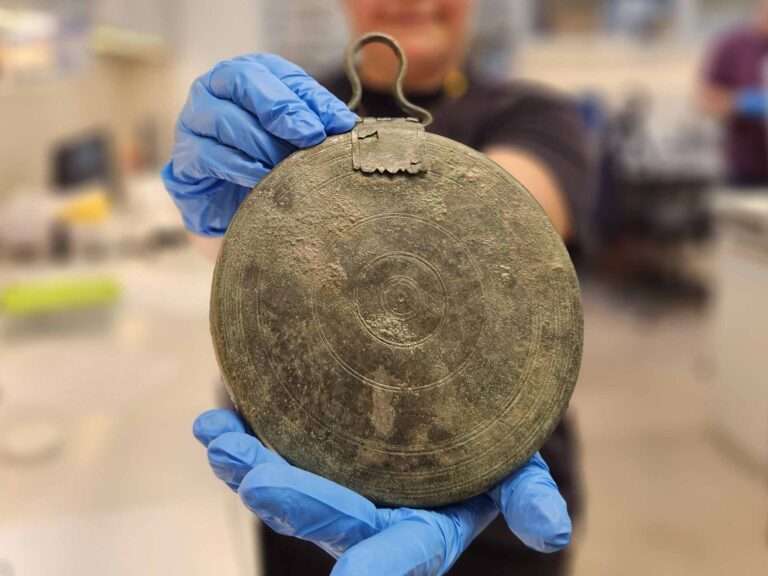A huge haul of about 2.6 tonnes of rubbish – most of it plastic – has been removed from the Galapagos Islands by volunteers.
The coastal clean-up trip – supervised by Galapagos Park Rangers – took in remote sites like Genovesa, Marchena and Pinta islands.
In a 33-kilometre route, 257 bags of waste were collected, including 23,590 plastic items.
Danny Rueda Cordova, director of the Galapagos National Park, said in a statement obtained by Newsflash: “Data lifting allows us to know the dynamics of ocean trash arrival by sea currents.”

He added: “With this information, we can establish strategies and management plans to protect these sensitive sites.”
The work carried out by the team involved sorting, weighing and recording data from collected waste, which was then properly disposed of.
This year the program runs from February to July, with multiple clean-up days in the Galapagos and ten protected marine and coastal areas of mainland Ecuador.
The project is a cooperation between the Directorate of the Galapagos National Park


(PNG), Ecuador International Conservation (CI-Ecuador), the Coca-Cola Foundation of Ecuador (FCCE) and the artisanal fisheries sector of Galapagos to help maintain systems balanced marine and good health of the species.
The Galapagos Islands, home to unique species worldwide, are located about a thousand kilometres from the Ecuadorian continental coast.
The archipelago was declared in 1978 a World Heritage Site by the United Nations Educational, Scientific and Cultural Organization.
The region was made famous by the 1835 visit by naturalist Charles Darwin who visited the islands while researching his book On The Origin of Species.


To find out more about the author, editor or agency that supplied this story – please click below.
Story By: Michael Leidig, Sub-Editor: Marija Stojkoska, Agency: Newsflash
The Ananova page is created by and dedicated to professional, independent freelance journalists. It is a place for us to showcase our work. When our news is sold to our media partners, we will include the link here.




